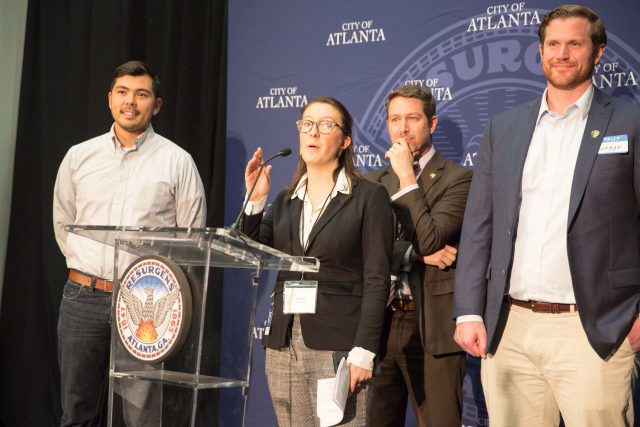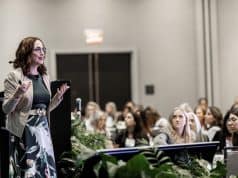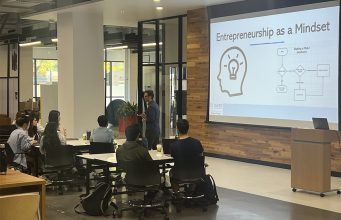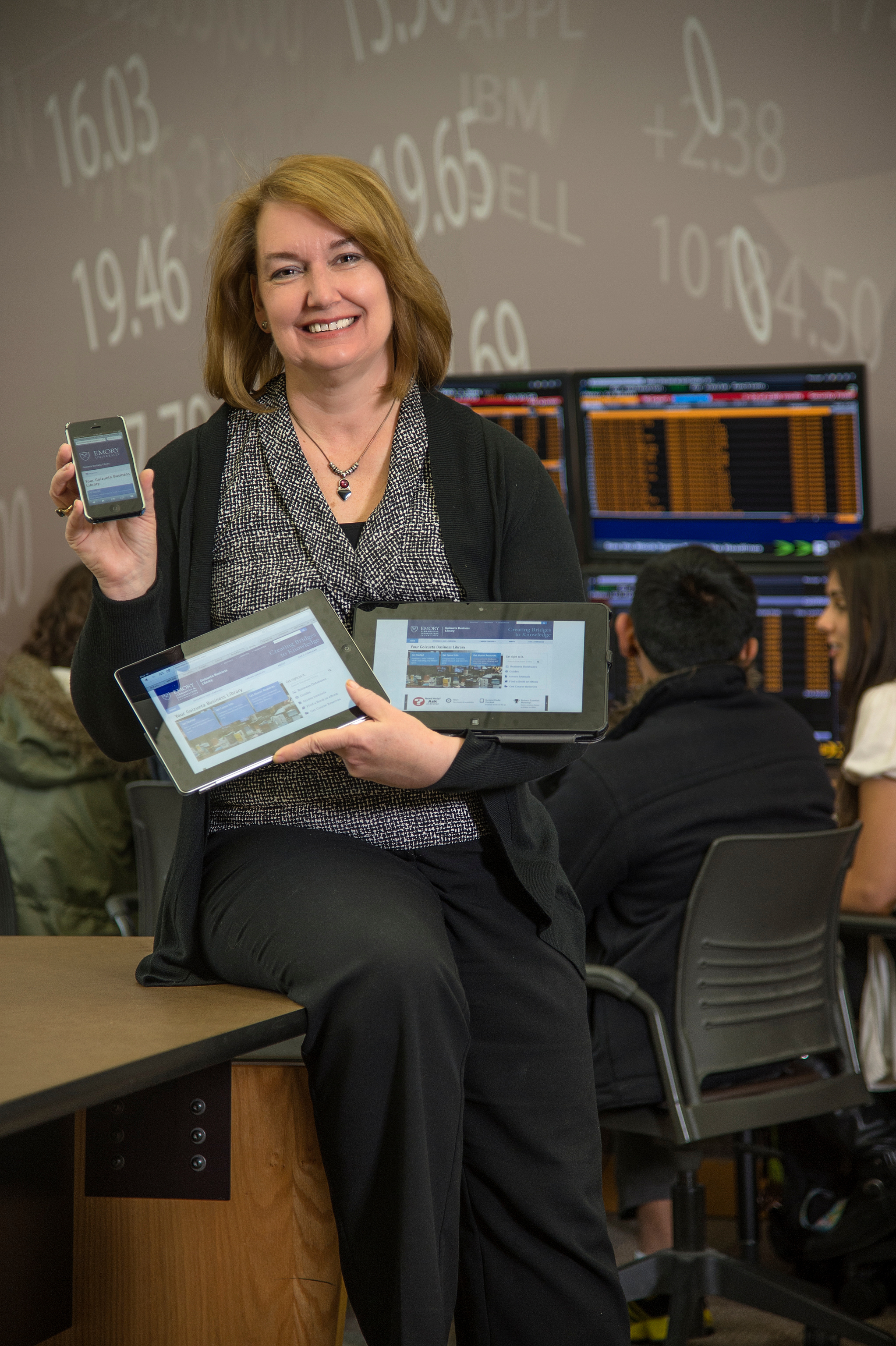This February, a group of graduate students was granted a unique opportunity to take an in-class project to a bigger audience—and potentially make a difference in the community.
At the Reimagining Atlanta City Detention Center (ACDC) task force meeting, Goizueta students Connor Henderson 20MBA, Andy Rachlin 21MBA, Tierra Evans 20MBA, and Andrew Doyle 20MBA presented their project both to members of the public and to task force members who chiefly represent the social services and criminal justice reform sector. The city is currently considering converting the ACDC into the Center for Equity, a venue to host social service, not-for-profit and recreational and cultural activities.
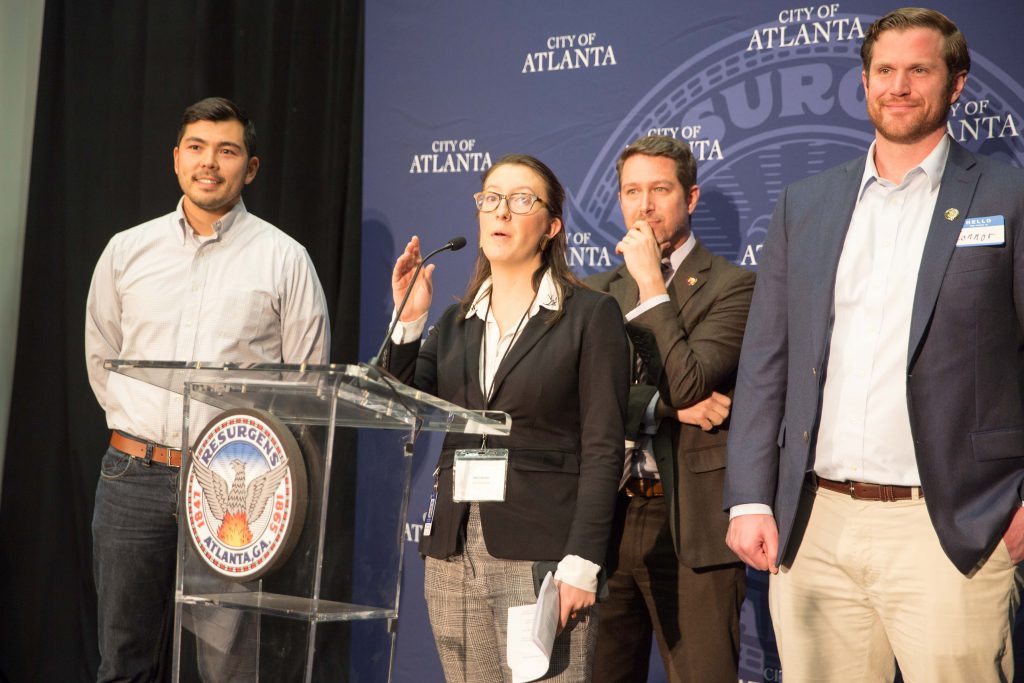
The group’s presentation, which focused on real estate market analysis, evaluated the possible commercial uses that could complement the Center for Equity. For each potential use, the students examined the demand, suitability and revenue-generating prospects. The students relied on a range of qualitative factors and quantitative metrics, including rents and square footage estimates.
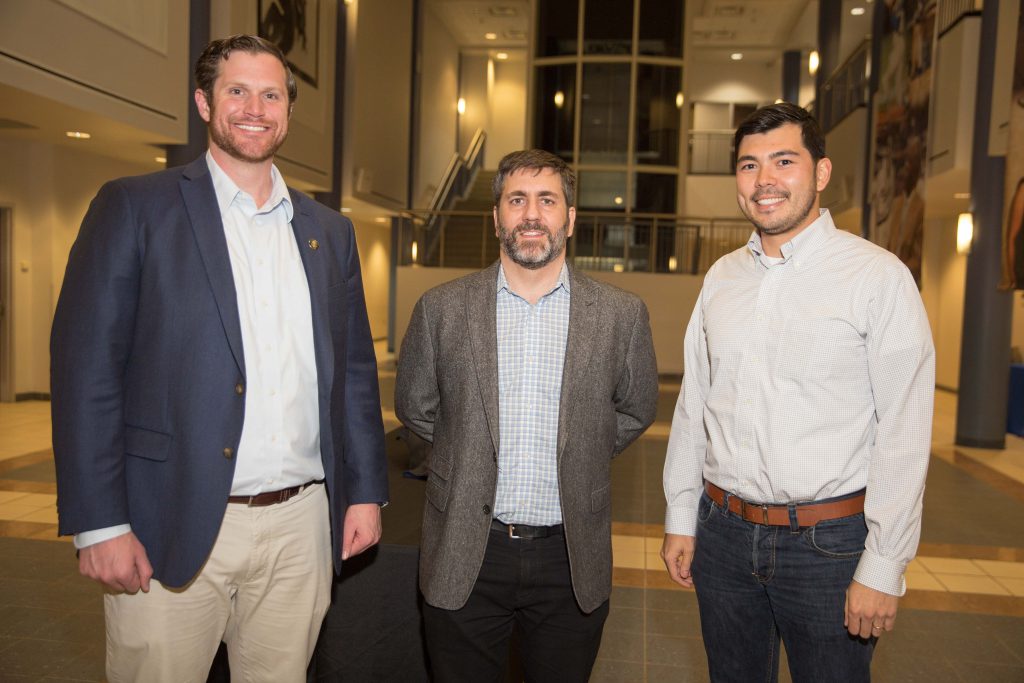
Guiding the students were alumni, faculty and industry insiders. Jon Keen 11MBA, deputy chief operating officer for the city of Atlanta, brought the project to Goizueta, while Jonathan Bartlett, adjunct lecturer at Goizueta and real estate strategy consultant, mentored the group through the entire project, helping them develop their client relationship and stay on task. In addition, Tom Evans 12EvMBA, adjunct lecturer and principal for Blue River Capital Partners, assisted the group, as did a number of local real estate professionals who were interviewed to gain expertise and insights into the potential redevelopment.
According to Henderson, who was one of the presenters, the project has the potential to help guide the city as it evaluates different scenarios moving ahead.
“We were an impartial participant and made practical assessments from a financial and qualitative lens on what would make sense commercially in the building,” said Henderson. “The rest of the task force will have to make recommendations to the mayor’s office. Our report will help them test their hypotheses and bolster some of their assertions when it eventually comes to moving the project forward.”
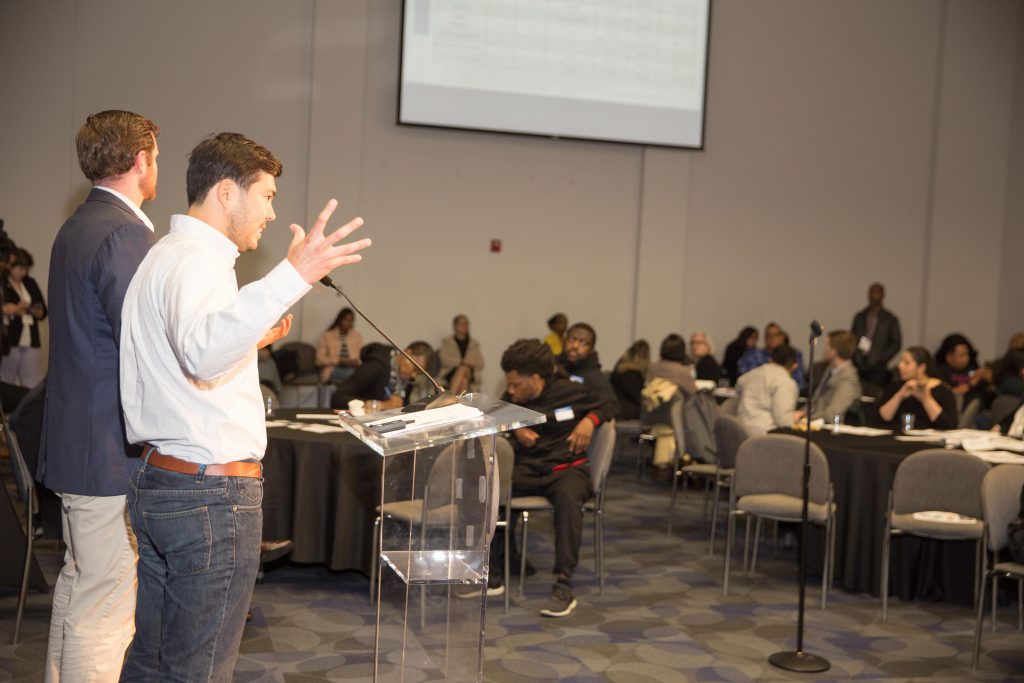
The group was originally set to present to city officials and other organizations, such as Bloomberg Associates, and not the general public. However, when the opportunity to present at the town hall arose, they were excited to take it. According to Henderson, the project allowed the members of the group to gain valuable practical experience.
“With a real estate development of this size comes radical change,” he said. “Often, residents are concerned that their voices and needs will not be taken in consideration for a project like this, so town halls are an important step in the process.
“This was an opportunity for us to develop the way we communicate with an audience to whom our work is much more personal and meaningful than a typical corporate client,” Henderson added. “It’s very difficult to replicate that kind of experience in the classroom.”
Ultimately, the project gave the students a chance to be involved in their community and the opportunity to provide valuable help with a construction project that could have a significant effect on Atlanta.
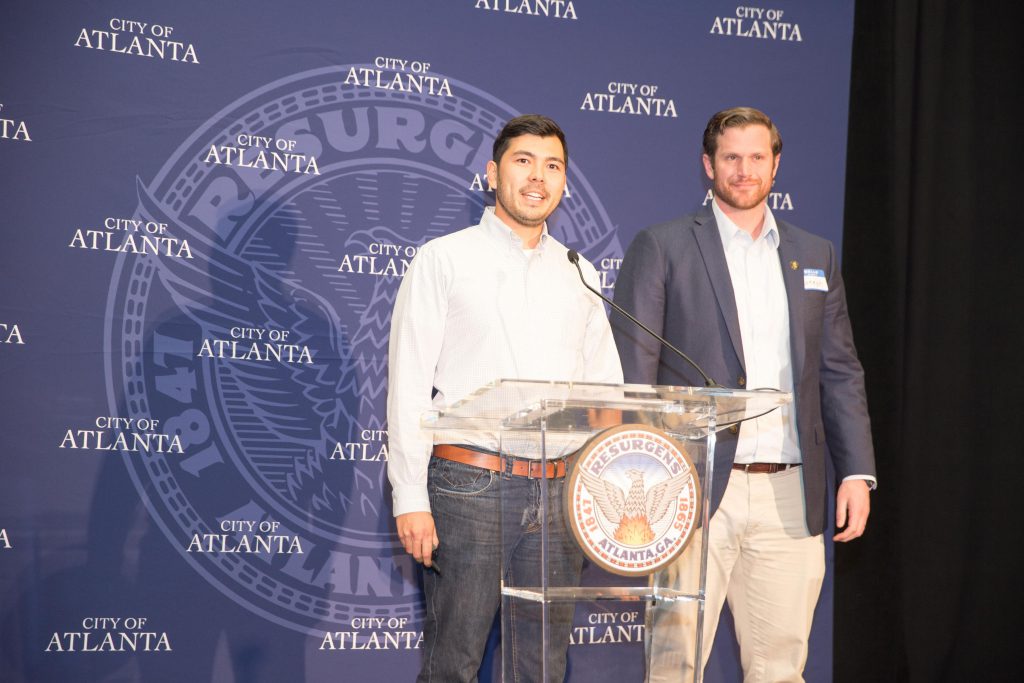
“I see the market analysis as a tool to steer the ACDC project in the direction that will result in a positive impact for the city and the local community,” said Tierra Evans.
“My hope is that the city takes all the information in the analysis, both the positive and not so positive elements, to breathe new life into south downtown—to move on a path towards revitalization rather than displacement,” she said. “I’m very passionate about affordable housing, so I hope that the future of the ACDC falls in line with our recommendation and incorporates that. The city needs it.” The students’ semester-long research and presentation completed Phase I of the project, providing preliminary feasibility analysis and conceptual design. Phase II is already underway with more detailed feasibility analysis being performed and then a preferred scenario to be selected by Atlanta Mayor Keisha Lance Bottoms. The final phases, pre-development and constructions, are two-to-five years out.


